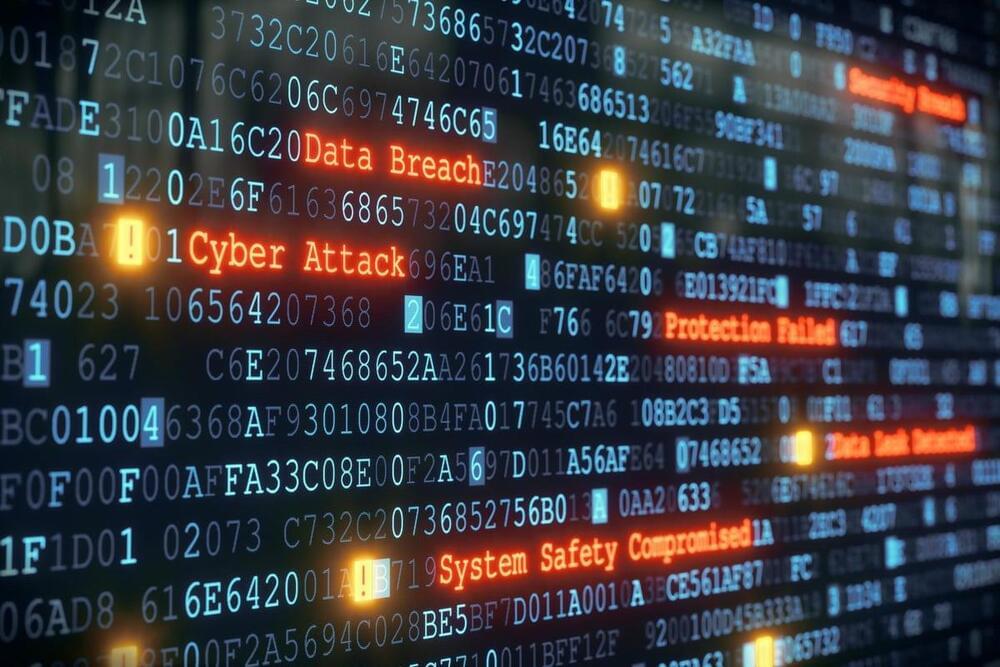Nov 3, 2021
How to Make a Metal Detector From old TV
Posted by Alan Jurisson in categories: cybercrime/malcode, electronics
https://www.youtube.com/watch?v=WiWgI6sB15s&feature=youtu.be
Hello Friends, in this video i will show you How to Make a Metal Detector from old Tv at Home in very easy way, I hope everyone like this video. Thank you for watching! Please LIKE, COMMENT and SUBSCRIBE for More Updates.
SUBSCRIBE -
Link for Membership in my Channel — ((((https://tinyurl.com/yufmjy4h))))
Friends, my name is Jordan, am the author of the Handmade Creative channel.
On this channel I present everything that I have done with my own hands. I enjoy sharing Projects I make as a Hobbyist, and what i have learned through other content creators, I am NOT a Professional, not a Teacher, my hope is I simply Inspire you to go make something yourself. We turn simple things into unique ones! Subscribe, it will be interesting!
-Creative ideas.
–useful tips.
–homemade tools.
- hacks.
- review.
–toys.
Continue reading “How to Make a Metal Detector From old TV” »

















